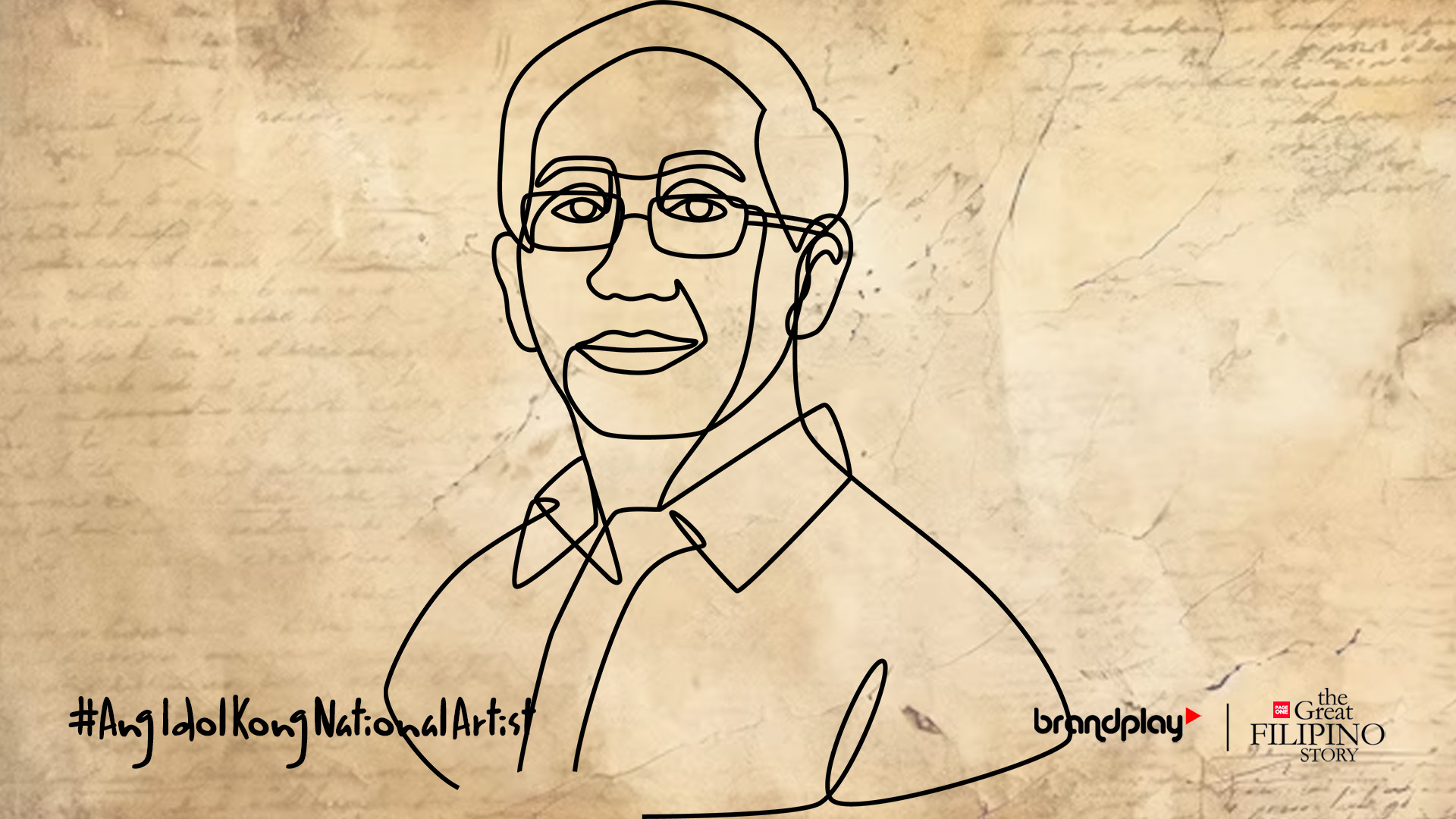Amidst the rise of foreign influences, National Artist for Architecture Francisco “Bobby” Mañosa stood firm to advocate for Filipino architectural identity. His iconic designs transformed the Philippine landscape into a living testament to the nation’s rich heritage.
Recognized as the Father of Philippine Neo-vernacular Architecture, Mañosa revitalized traditional Filipino architectural styles—Bahay Kubo and Bahay na Bato—bringing them into the modern era. Drawing inspiration from these indigenous houses, he incorporated features that were perfectly suited to the tropical climate of the Philippines, capable of withstanding scorching summers and heavy monsoons.
Besides the impressive climate adaptation features of these houses, he also recognized them as embodiments of Filipino culture, such as close family ties and the spirit of community known as “Bayanihan”, playing a significant role in enriching the Filipino identity within the realm of architecture.
Despite being a successful architect in the Philippines, Bobby also went through challenges most especially during the Asian financial crisis, when Western architectural styles were dominating the scene. Despite the trends at that time, he remained staunch in his commitment to championing Filipinism in architecture. He unwaveringly declared, “I will only design Filipino”.
In 1976, Mañosa started being dedicated to his mission of Filipinism in architecture with Francisco Mañosa & Partners that focuses on creating Bahay Kubo and Bahay-na-bato inspired structures, demonstrating a deep appreciation for Filipino sensibility and promote the use of indigenous materials like Bamboo, Coconut, Rattan, and Capiz in his projects.
One of his remarkable architectural creations that showcase Filipinism is The Coconut Palace (or also known as Tahanang Pililpino) located within the Cultural Center of the Philippines Complex. Drawing its inspiration from the shape of a coconut, it boasts a distinctive octagonal structure with a roof resembling a salakot. This magnificent government residence building was constructed using sustainable local materials such as indigenous hardwoods, coconut husks, shells, and lumber, which stands as a testament to Mañosa’s unwavering dedication to sustainable architecture.
Mañosa undeniably impacted the country’s architectural landscape. While he is known as an architect today, according to few written articles, Mañosa once aspired to become a jazz pianist. Even with an initial passion for music, he ultimately chose to let go of his musical dreams and instead pursued a degree in architecture at the University of Santo Tomas.
After completing his architectural studies, he joined his two siblings—Jose and Manuel, who are also architects—to establish an architectural firm. Together they worked on several notable projects that still stand strong up to this day, including Sulo Restaurant and Colegio de San Agustin and the iconic landmark in Ortigas, San Miguel Building.
Mañosa’s legacy goes beyond just his architectural designs. He created structures and buildings that reflect the unique culture, geography, and people of the Philippines, becoming symbols of national pride. His dedication to upholding Filipino identity in architecture has inspired young Filipino architects to take a more innovative, localized, and sustainable approach that fits the Philippine landscape and to infuse their artistry with nationalism.








